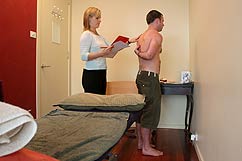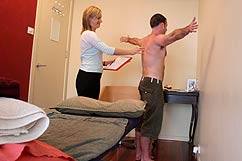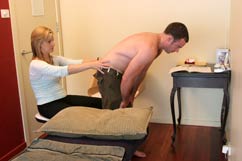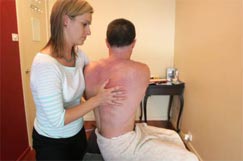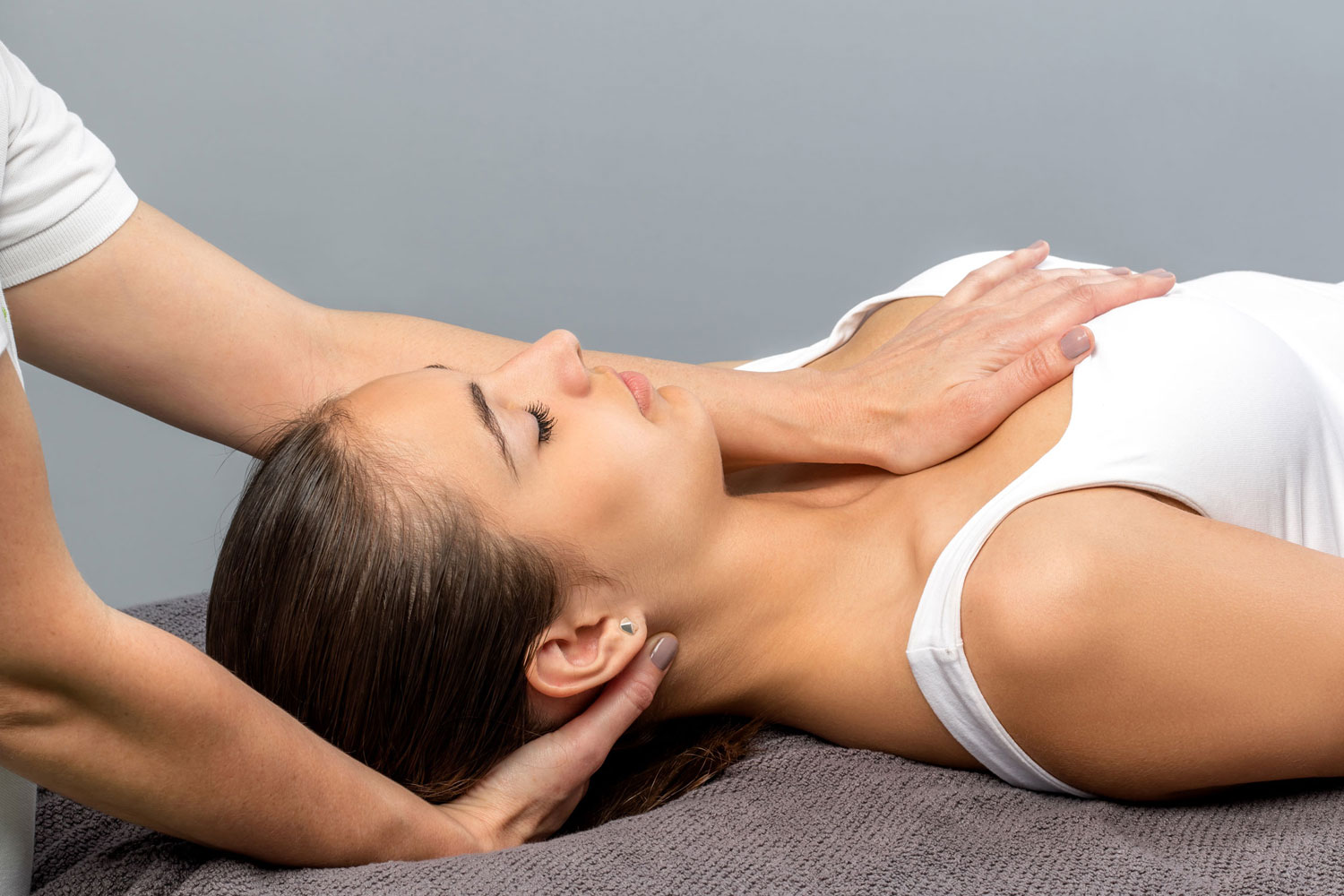A Typical Consultation
 A visit to an osteopath will run along the same lines as an initial visit to a GP. A complete medical history is taken and questions asked about lifestyle, diet and emotional status. The osteopath will want to hear about all symptoms, as well as details of any past accidents or trauma, even if they may seem unrelated to the patient’s current problem.
A visit to an osteopath will run along the same lines as an initial visit to a GP. A complete medical history is taken and questions asked about lifestyle, diet and emotional status. The osteopath will want to hear about all symptoms, as well as details of any past accidents or trauma, even if they may seem unrelated to the patient’s current problem.
The patient may be asked to remove some outer clothing and to perform some simple movements. This is so the osteopath can observe how the patient is using their body, identify any obvious mobility impairment and evaluate posture. Neurological and orthopaedic tests help the osteopath to eliminate possible underlying pathologies and differentiate the basis of the patient’s complaint.
Osteopaths are trained to manually locate points of health restriction or excessive strain in various parts of the body. Using a finely tuned sense of touch or palpation, the osteopath will assess the spine, joints, muscles and tendons. An osteopath may also refer for blood tests or X-rays to confirm findings, or review existing diagnostic results where available.
The initial consultation will take around 40 to 60 minutes to complete, after which the osteopath will be able to offer a diagnosis and discuss a treatment program. If the diagnosis is one that requires further investigation of specialist intervention, an osteopath will suggest a referral to an appropriate practitioner. Osteopaths often treat in conjunction with a GP, dentist, podiatrist or other health care professional.
Because osteopathy emphasises self-healing, an osteopath may also advise dietary changes, home exercise programs and lifestyle adjustments. All treatment programs are highly individualized and depend on the patient’s current condition, past history, and ability to adapt to change. Most simple problems require only 3-4 treatments.
